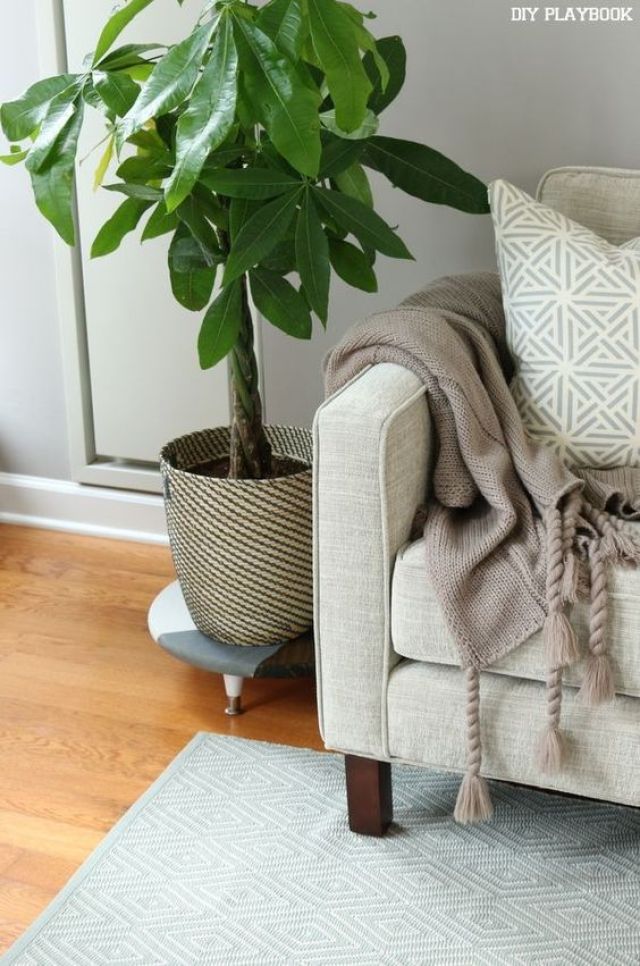Pachira – The tree of money: Care and tips on growing a money tree houseplant
The … Money Tree, according to Feng Shui, identified with the good fortune and financial prosperity that it is allegedly causing and this is one of the reasons that have made Pachira one of the most popular indoor plants for home – business. even in our country.
6 Plants that do not cause allergy
 Pachira Aquatica is a commonly found houseplant called a money tree. The plant is also known as Malabar chestnut or Saba nut. Money tree plants often have their slender trunks braided together and are a low maintenance option for artificially lit areas. Money tree plant care is easy and based upon just a few specific conditions. Let’s learn more about how to care for money tree houseplants.
Pachira Aquatica is a commonly found houseplant called a money tree. The plant is also known as Malabar chestnut or Saba nut. Money tree plants often have their slender trunks braided together and are a low maintenance option for artificially lit areas. Money tree plant care is easy and based upon just a few specific conditions. Let’s learn more about how to care for money tree houseplants.
Originating from Central America, tropical Pachira in its natural environment grows like a tree that can exceed 20 meters in height. Plants grown in full-grown planting containers reach 80-150 cm high and 50-100 cm wide and are characterized by thick trunks that are usually knitted together for aesthetic-decorative purposes.
Its glossy dark green foliage is divided into a “palm” arrangement in 5-leaf clusters – “fingers”.
It belongs to generally easy plants and requires no special care beyond the elemental for all indoor plants.
It needs light but not exposed to direct sunlight, especially in the summer months, it does not need water as much as moisture, and is particularly favored by moderate to sparse watering and leaf spraying once a week.
Its root system, like most indoor species, is susceptible to over-watering and therefore its pot should have very good drainage and no water left on the saucer, while in winter in an environment with normal temperature-conditions almost require no watering.
The knitting of the leaves except for aesthetic reasons is “dictated” and this by Feng Shui, the foliage will bring the money and the tied trunks will … keep it in your home.
The trunks of Pachiras can certainly grow and “freely” without intertwining with each other.

A moist fertilizer for indoor plants every 15-20 days, from the beginning of Spring to the end of summer, will help the health and growth of the plant that is generally resistant and not easily susceptible to disease. Its propagation is done by cuttings. Cut out a sprig of what is often truncated from the trunks and plant on a fluffy till to root, a process that is slower than other plants and can take up to 6-8 weeks.


















